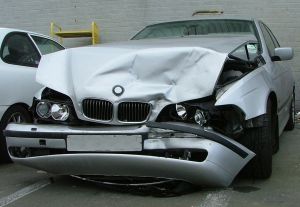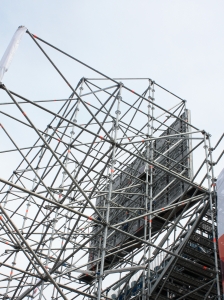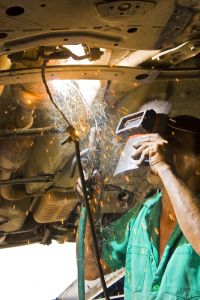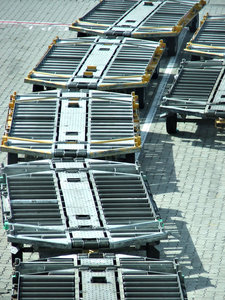Temporary workers face some of the most dangerous working conditions. There are several reasons for the risk of injury. Temp workers are often in high-risk industries like manufacturing, factories, farming, and construction. These worker are often not treated as employees and are denied basic training that could increase the risk of injury or wrongful death. Given the dangerous nature of temporary workers, OSHA and other workers’ rights advocacy groups are making efforts to ramp up safety for temporary workers. Improving working conditions, including safety protocols, equipment, and training could help to reduce the number of accidents that temporary workers face when on the job.

According to a recent report by Pro Publica, temporary work is one of the fastest growing segments of the economy. Despite the large sector of the economy, the injury rates have been rising while regulatory measures have remained relatively stagnant. For companies, relying on a temporary work force can be an economically viable alternative to hiring. Businesses can hire workers on a daily basis and eliminate costs for insurance, workers’ compensation and unemployment taxes. The availability is a huge advantage for companies, while putting America’s workforce at risk. Our workplace accident attorneys are dedicated to raising awareness to improve safety and prevent future accidents and injury.
Continue reading
 Massachusetts Workers Compensation Lawyers Blog
Massachusetts Workers Compensation Lawyers Blog










